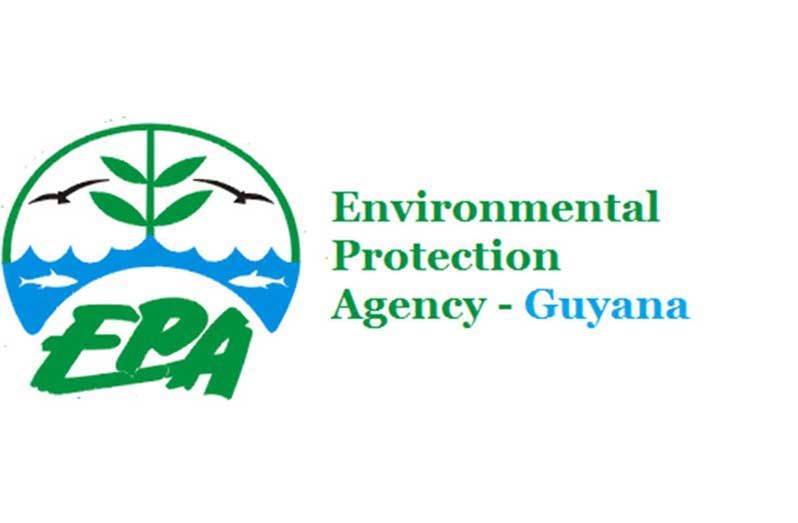–clarifies environmental oversight of ExxonMobil’s operations
IN response to a recent article by Kaieteur News, titled: “Guyana in the dark on increased environmental risks posed by Operations… As Exxon ramps up production,” the Environmental Protection Agency (EPA) has issued a statement clarifying its regulatory stance on oil-production limits and addressing claims made regarding its oversight of ExxonMobil’s operations.
The EPA expressed concern over what it termed “persistent and repeated attempts to discredit the agency” and mislead the public about its responsibilities.
The agency highlighted that it operates under a stringent environmental regulatory framework, ensuring that all permits for Floating Production Storage and Offloading (FPSO) units are based on comprehensive Environmental and Social Impact Assessments (ESIA).
These assessments include detailed evaluations of maximum safe-production rates to maintain environmental integrity.
Specifically, the EPA noted that the Environmental Impact Assessment (EIA) for the Liza Phase One Project allowed for a production rate of up to 144,000 barrels per day (bpd). Following a request from ExxonMobil Guyana Limited (EMGL), the EPA approved an increase to 168,000 bpd after reviewing updated air and water-quality assessments and a complete Hazard and Operability Study (HAZOP).
Current production levels at Liza Destiny are reported at an average of 161,000 bpd, which remains within the stipulated limit.
For other projects, such as Liza Phase Two and Payara, the EPA confirmed that environmental impacts were assessed for production rates of 300,000 bpd and 264,000 bpd respectively. Current production levels at Unity FPSO are at 251,000 bpd, while Prosperity FPSO operates at 249,000 bpd—both below their assessed limits.
The EPA emphasised its commitment to ongoing monitoring for compliance and safety. It collaborates with the Ministry of Natural Resources and the Guyana Geology and Mines Commission to review production optimisation test reports submitted by EMGL. This monitoring is supported by international experts to ensure that safety and environmental standards are upheld.
Additionally, the EPA called for accurate public discourse regarding its regulatory practices. The agency urged citizens to refer to official sources for information about permits and production assessments, reinforcing its dedication to transparency in managing Guyana’s natural resources.
The EPA’s statement aims to reassure the public of its regulatory capabilities while addressing concerns raised in media reports.



.jpg)








